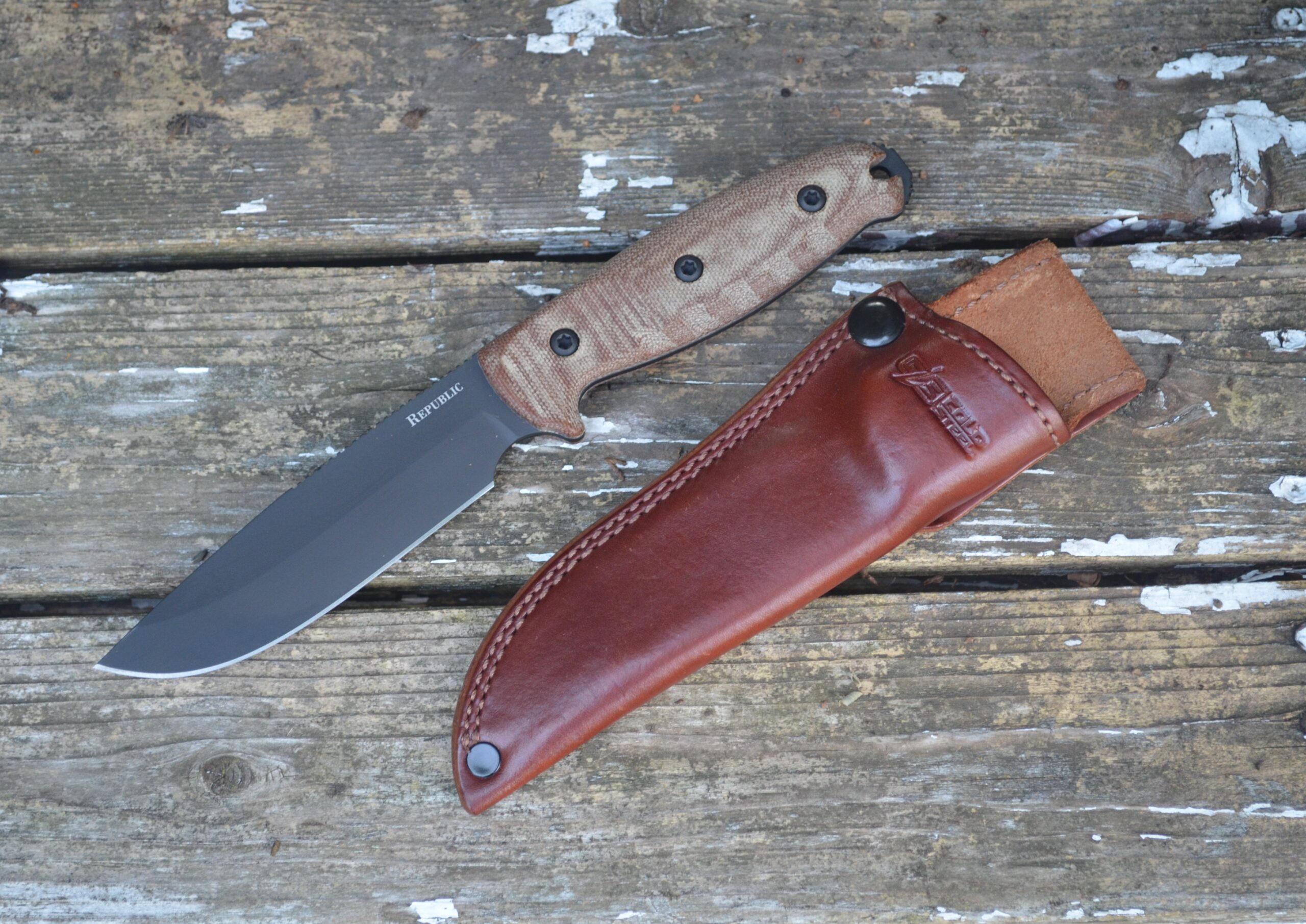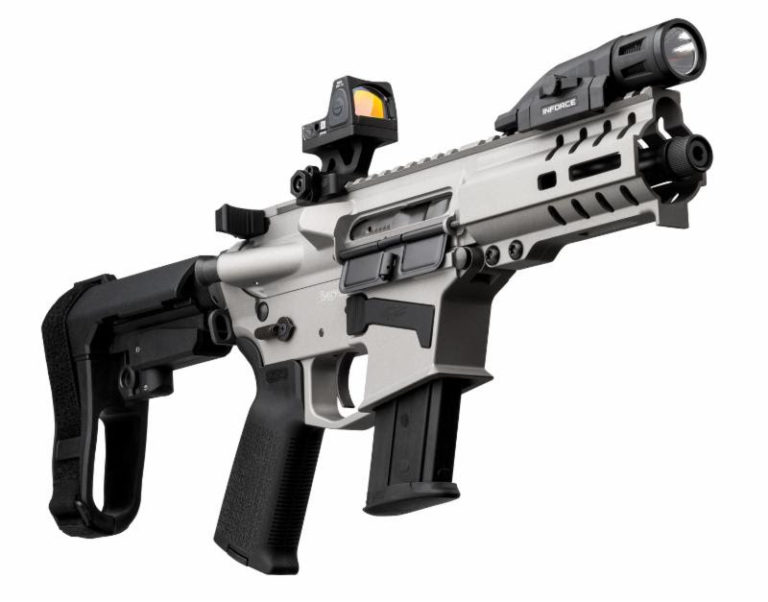In an era where the short carbine is regarded as the ultimate CQB weapon, I still have a fondness for the subgun. I’ve always loved submachine guns, and the closest thing we can get to SMGs affordably in the American market is subguns. Subguns are large-format, pistol-caliber firearms that are often semi-auto variants of actual submachine guns.
Running a SubGun for Self-Defense
Subguns can be effective defensive weapons, particularly as excellent home defense tools. While the 5.56 carbine can be an optimal choice, a pistol-caliber subgun can be a capable choice. There are several downsides, including the fact that they have the ballistics of a pistol, rather than a rifle.
We aren’t experiencing secondary wound characteristics; we only receive direct tissue damage. That’s a big downside and should be acknowledged. However, I find it hard to believe that a subgun loaded with proper defensive ammunition wouldn’t be a capable defensive weapon.
But What About .300 Blackout?
.300 Blackout is great. It’s a fantastic caliber designed to work with short barrels and ultimately designed to replace 9mm subguns on the market. It works well from short barrels, it suppresses easily, and outshoots any pistol caliber. It’s a rifle round that has secondary wounding characteristics. It’s fantastic.
Why would I suggest a pistol-caliber subgun over a .300 Blackout weapon? Well, I wouldn’t suggest it as a better option, but as an alternative option. The cheapest .300 Blackout ammo is going to cost $0.60 a round. I can get 9mm for $0.19 a round. Ammo for pistol-caliber subguns is a third of the price of .300 Blackout.
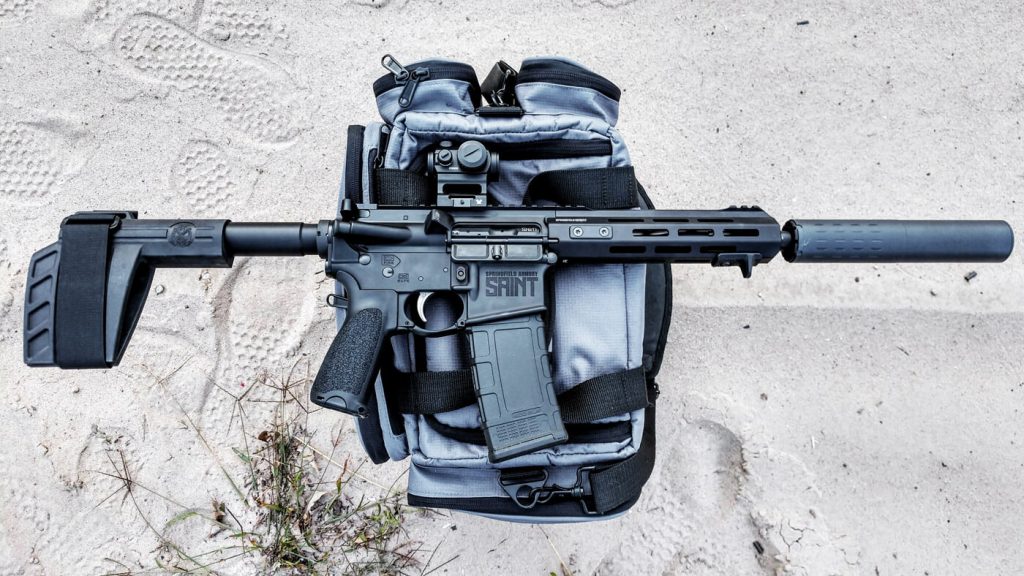
Additionally, subguns can be smaller than .300 Blackout guns due to the dimensions of the round. The .300 Blackout rounds require a rifle-length lower and upper and work best with barrels ranging from seven to nine inches. I’ve never seen a .300 Blackout large-format pistol be as small and compact as an MP5 clone.
That’s my digression into .300 Blackout. Let’s get back into the defensive subgun discussion.
Why the Defensive Subgun?
Instead of cramming this into a few paragraphs, let’s do it listicle style and break it down piece by piece.
Ammo Is Super Cheap
I already mentioned this a minute ago. If you opt for a 9mm subgun, the ammunition can be extremely affordable. 9mm is everywhere, and while defensive ammo will always be expensive, standard training ammo is extremely affordable. Affordable training ammunition allows you to hone your shooting skills and be prepared for a potential defensive encounter.
Cheap ammo can go a long way. This does stick you with 9mm because if you get into .45 ACP and 10mm, the price savings can dry up a bit. It’s still cheaper than .300 Blackout and 5.56, but you’re not getting much advantage from anything bigger than 9mm for self-defense anyway.
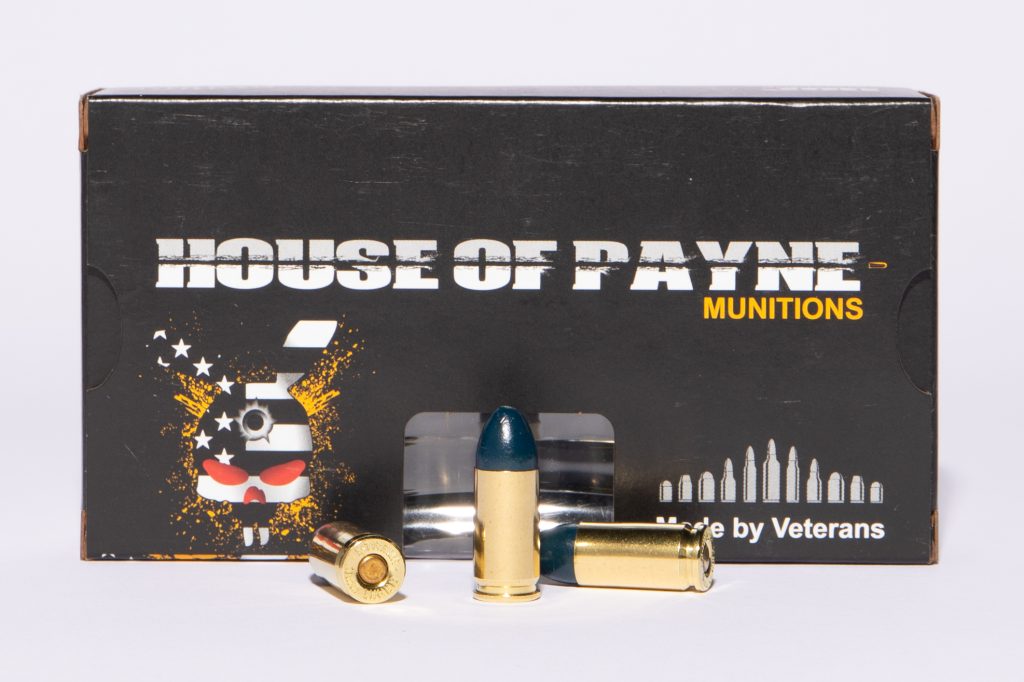
Easy to Suppress
If you’re willing to get into suppressors, and with $0 tax stamps incoming, I’m sure plenty will, then a defensive subgun might be for you. It’s easy to find subsonic pistol ammo, and when using a subgun, you might be using a barrel that’s longer than your average pistol barrel. This is great because you’ll want to use heavier cartridges with longer barrels to ensure proper expansion.

Pistol suppressors are lighter and shorter than most rifle suppressors, and they are cheaper than rifle-rated options. A short subgun with a can is a quiet, hearing-saving option for home defense. My APC9K with a can and some 147-grain ammo is tough to beat.
Ultra-Short Designs
When it comes to large-format pistols, subguns are going to be your smallest options, especially with the rise of K-model subguns. They will be shorter than any rifle-caliber gun that’s actually usable and not a meme. Guns like the CMMG Banshee, the APC9K, and MP5K clones are shorter than my temper at a SHOT Show beer line.
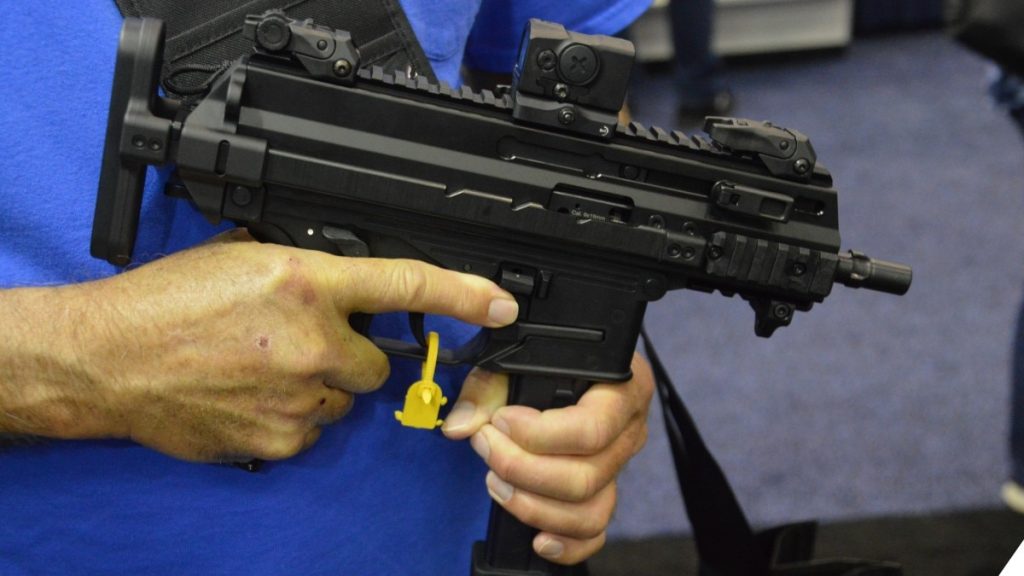
They are easily maneuverable and even easier to use with a single hand. Being able to use the gun easily with a single hand can be beneficial. If you have to call the police, navigate doors, or secure family members, a one-handed gun that can be easy to shoot sounds pretty damn good.
Less Concussion and Noise
As you shorten the barrel on a 5.56 rifle or even a .300 Blackout rifle, the concussion, muzzle flash, and noise get ridiculous. It’s insanely loud and can be brutal, especially indoors. For a guy or gal that shoots a ton, that’s not a big deal; you train enough, and you’ll deal with it. For the average user, that level of concussion, flash, and noise will be absolutely brutal.
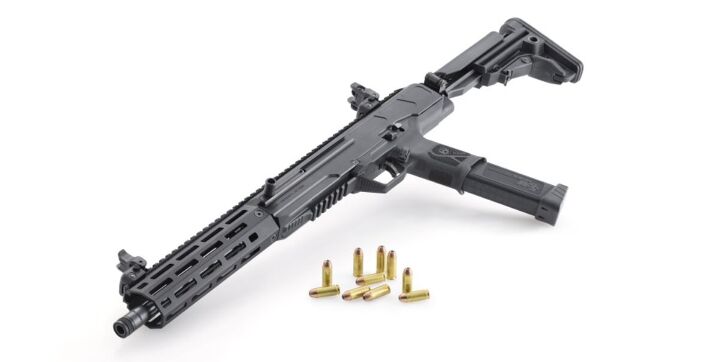
A subgun with a four to seven-inch barrel doesn’t have that problem. This makes it easy to use indoors with an ultra-short barrel. It’s not as effective as a 5.56 round, but it’s a lot quieter and easier to deal with.
Less Recoil (Potentially)
If you use a defensive subgun with a delayed blowback system, you can have less recoil than any other centerfire platform. A CMMG Banshee with its radial delayed design or an MP5 clone with a roller-delayed design has significantly less recoil than other centerfire weapons. Another notable mention is blowback guns with hydraulic reducers, like the APC9 series from B&T.
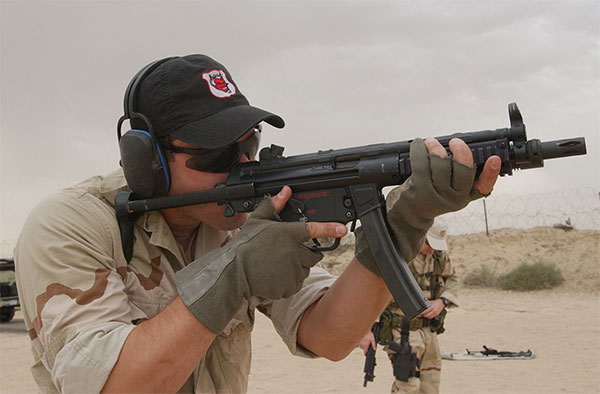
If you go with a cheaper direct blowback gun, you can expect at least the same or more recoil as a 5.56 rifle. Direct blowback guns hit you with more recoil than a 5.56 rifle, so be cautious.
The Defensive Subgun and You
The defensive subgun isn’t the best option. It’s less likely to deliver a one-shot stop than a 5.56 or .300 Blackout rifle or a shotgun. However, it does offer numerous benefits over both platforms. The defensive subgun isn’t the best option, but it’s still a viable option.
Read the full article here



